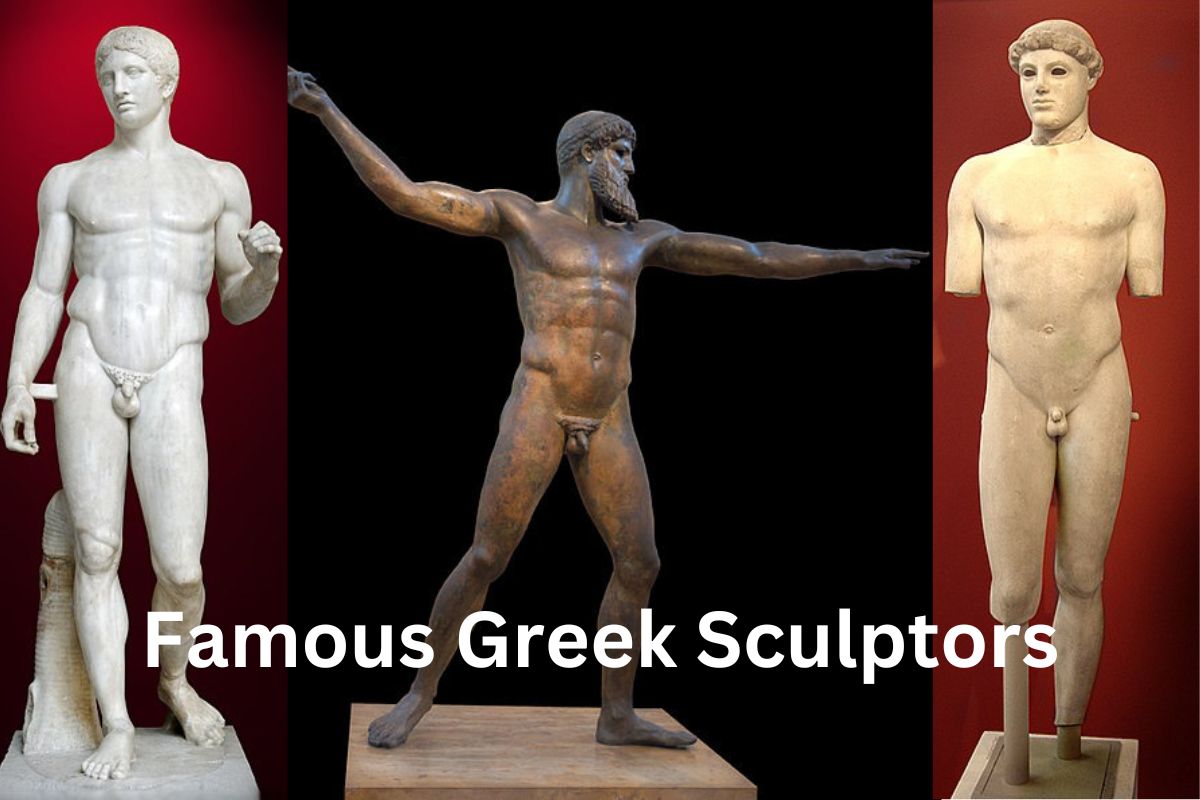Greek sculpture is considered one of the greatest achievements of the ancient world. Greek sculptors were known for their mastery of form, their attention to detail, and their ability to imbue their creations with a sense of life and movement.
Their works were often commissioned by wealthy patrons and were intended to celebrate the gods, heroes, and ideals of Greek culture.
Many of these works have survived to this day, and are regarded as some of the greatest works of art in history.
Some of the most famous Greek sculptors include:
- Phidias
- Praxiteles
- Polykleitos
- Myron
- Lysippos
Their works range from the monumental to the intimate, and continue to inspire and captivate viewers to this day.
Famous Greek Sculptors
1. Polykleitos
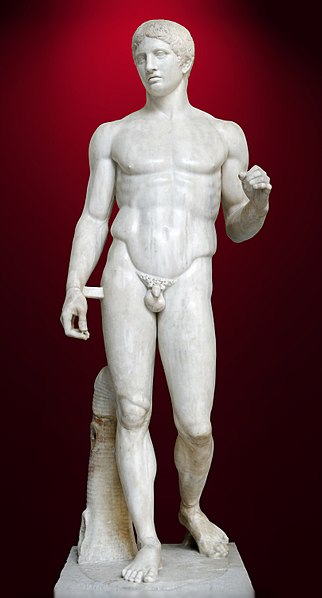
Polykleitos was an ancient Greek sculptor who lived in the 5th century BC. He was one of the most important and influential sculptors of his time and is known for his creation of the Doryphoros, a statue of a young male athlete holding a spear.
Polykleitos was born in the Greek city of Argos, but spent much of his career working in other cities, including Athens and Olympia. He was known for his attention to detail and his use of mathematical principles in his work.
He believed that a statue should be a perfect representation of the human body, and his works were based on a system of proportions known as the Canon of Polykleitos.
This system was based on a ratio of 1:8 for the length of the head to the height of the body and was intended to create a sense of harmony and balance in the sculpture.
Polykleitos created many other works in addition to the Doryphoros, including the Diadumenos (a statue of a young man tying a headband around his head) and the Amazon (a statue of a warrior woman).
He was also known for his use of contrapposto, a technique in which the body is twisted slightly to create a more natural and dynamic pose.
Polykleitos’ influence on Greek sculpture was profound and his ideas and techniques continued to be used by sculptors for centuries. Today, his works can be seen in museums around the world and continue to inspire and captivate viewers with their beauty and elegance.
2. Praxiteles
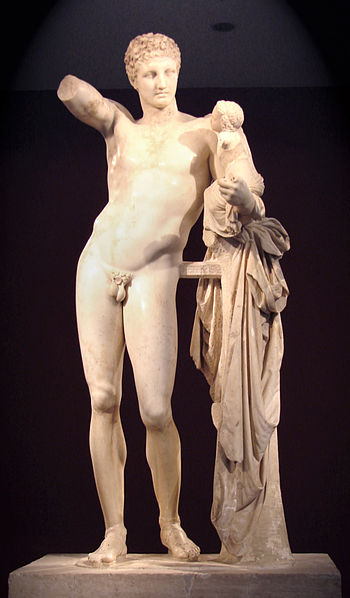
Praxiteles was a Greek sculptor who flourished in the fourth century BCE. His depictions of the human form, notably the female figure, and his innovative use of materials and techniques earned him widespread renown.
Praxiteles was one of the most celebrated sculptors of his era, and his work had a profound impact on Greek sculpture for centuries. Aphrodite of Knidos, one of the first full-scale naked female sculptures, and Hermes and the Infant Dionysus are among his most renowned works.
Praxiteles’ attention to detail and use of delicate, sensual forms distinguished him from contemporary sculptors.
Even though none of his original sculptures have survived to the present day, his legacy lives on in the work of later artists such as Michelangelo and Auguste Rodin.
3. Pheidias
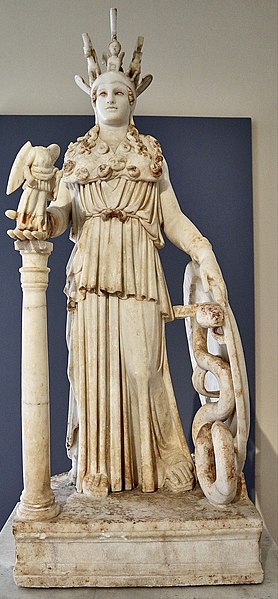
Phidias was a sculptor and architect who lived in the fifth century BC.
He was a famous and influential sculptor of his time, recognized for his work on various famous buildings and sculptures, notably the Parthenon in Athens and the Zeus monument at Olympia.
Phidias was famous for his large-scale sculptures and his use of gold and ivory to achieve elaborate and lifelike features.
His works were incredibly realistic and captured the spirit of his subjects in a forceful and beautiful manner.
Phidias’ work had a significant impact on the evolution of Western art and sculpture, and his techniques and ideas have continued to inspire artists for centuries.
4. Lysippos
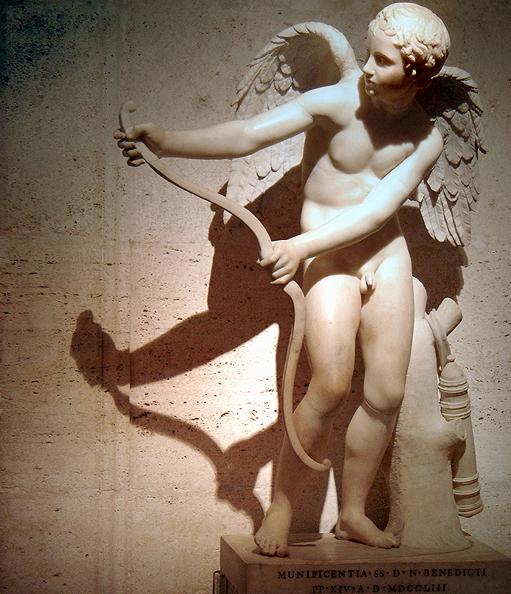
Lysippos was an ancient Greek sculptor who lived in the 4th century BC. He was one of the most famous and innovative sculptors of his time, and was known for his ability to capture movement and emotion in his works.
Lysippos was born in the Greek city of Sikyon, and spent much of his career working for Alexander the Great, for whom he created many portraits.
His style was characterized by a sense of realism and a focus on individuality and personality, as opposed to the idealized forms of earlier Greek sculptors. He was also known for his use of asymmetry in his sculptures, which created a sense of dynamism and movement.
Lysippos created many notable works, including the Apoxyomenos (a statue of an athlete scraping oil from his body), and the Weary Herakles (a statue of the mythical hero, exhausted after completing his labors).
He also created many portraits of Alexander the Great, which were said to capture the ruler’s likeness more accurately than any other sculptor of the time.
Lysippos’ influence on Greek sculpture was significant, and his innovative style continued to be emulated by later sculptors. Although many of his works have been lost, his influence can still be seen in the works of later artists, and his legacy continues to be celebrated to this day.
5. Myron of Eleutherae
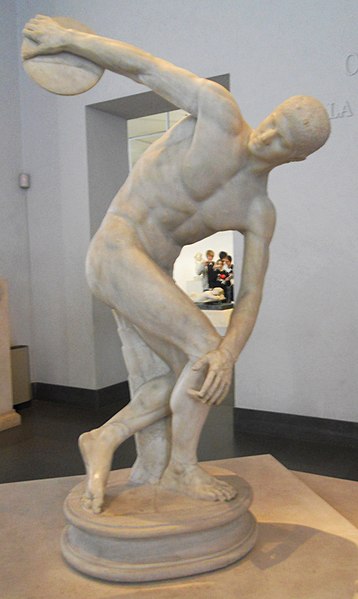
Myron of Eleutherae was an ancient Greek sculptor who lived in the 5th century BC. He was known for his lifelike bronze statues of athletes, and is regarded as one of the most important and innovative sculptors of his time.
Myron was born in the Greek city of Eleutherae, and spent much of his career working in Athens. He was known for his ability to capture movement and action in his sculptures, and was particularly skilled at creating dynamic compositions.
His works were often characterized by a sense of balance and proportion, and he was known for his attention to detail and realism.
Myron’s most famous work is the Diskobolus, or Discus Thrower, a bronze statue of an athlete in mid-throw. The statue is notable for its sense of motion and the naturalism of its form, with the athlete’s body twisted and tensed in a moment of intense effort.
Myron also created many other works, including statues of wrestlers and boxers, and was renowned for his use of the lost-wax casting technique, which allowed him to create intricate details in his sculptures.
Myron’s influence on Greek sculpture was significant, and his innovative style continued to be emulated by later artists. Although many of his works have been lost over time, his legacy lives on through his surviving sculptures and through the works of later artists who were inspired by his achievements.
6. Scopas
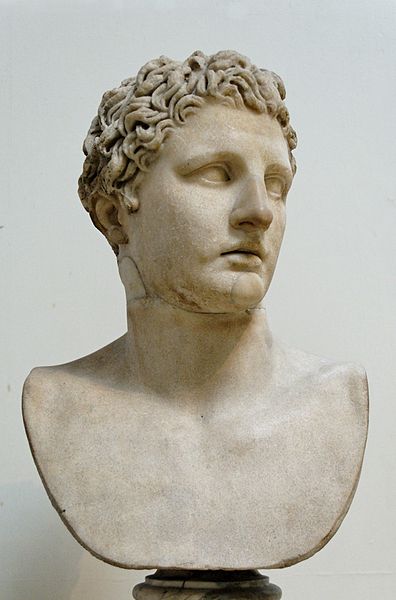
Scopas was a sculptor and architect who lived in the fourth century BC. He was born in Paros and largely worked in Athens.
Scopas was well-known for his emotionally charged and expressive sculptures, which frequently represented legendary and heroic figures.
The Mausoleum at Halicarnassus, one of the Seven Wonders of the Ancient World, and the Temple of Athena Alea in Tegea are two of his most famous works.
Scopas was also a talented architect, designing several notable buildings in Athens, including the Temple of Athena Nike on the Acropolis.
Despite the fact that none of Scopas’ original sculptures have survived to the present day, his impact on the field of sculpture has been enormous, and his ideas and techniques have influenced generations of artists.
7. Kritios
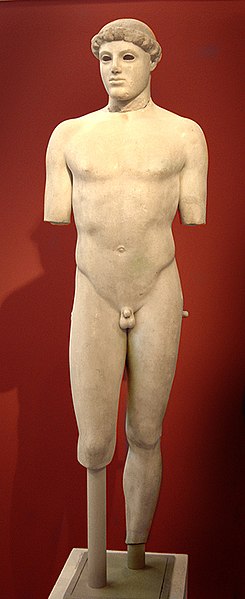
Kritios was an ancient Greek sculptor who lived in the 5th century BC. He was known for his pioneering work in the development of the classical Greek style, which emphasized a greater sense of naturalism and a more dynamic use of space.
Kritios was born in Athens, and was a contemporary of the famous sculptor Phidias. He was one of the leaders of a group of sculptors who sought to break away from the traditional style of the time, which emphasized a more static and idealized form.
Kritios and his followers sought to create a more naturalistic style that emphasized the individuality and humanity of their subjects.
Kritios’ most famous work is the Kritios Boy, a marble statue of a nude youth that is considered one of the earliest examples of the classical Greek style.
The statue is notable for its sense of motion and the realism of its form, with the figure standing in a relaxed pose that conveys a sense of movement and balance.
Kritios also created other works, including a statue of the tyrant Harmodius, which was erected in Athens to celebrate the overthrow of the city’s tyrants.
Kritios’ influence on Greek sculpture was significant, and his pioneering work in the development of the classical style helped to lay the foundation for later artists. Although many of his works have been lost over time, the Kritios Boy remains an iconic example of his innovative style, and continues to inspire and captivate viewers to this day.
8. Kresilas
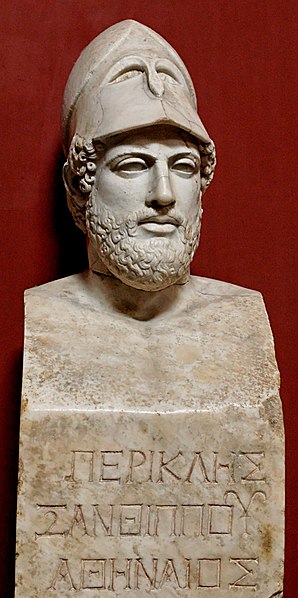
Kresilas was an ancient Greek sculptor who lived in the 5th century BC. He was known for his realistic portraits and his skill in capturing the individuality and personality of his subjects.
Kresilas was born in the Greek city of Kydonia on the island of Crete, but spent much of his career working in Athens. He was a contemporary of other famous sculptors of his time, including Phidias and Polykleitos.
He was particularly known for his portraits of prominent figures of the time, including the general Pericles and the boxer Theagenes.
Kresilas’ most famous work was a statue of the wrestler Milo of Croton, which was said to be so lifelike that birds would try to peck at the bronze grapes that Milo was holding in his outstretched hand. The statue is now lost, but its fame and reputation have survived through ancient texts and descriptions.
Kresilas’ influence on Greek sculpture was significant, and his skill in capturing the individuality and personality of his subjects was widely admired.
Although many of his works have been lost over time, the reputation he gained for his lifelike and naturalistic portraits continues to inspire and captivate viewers to this day.
9. Ageladas
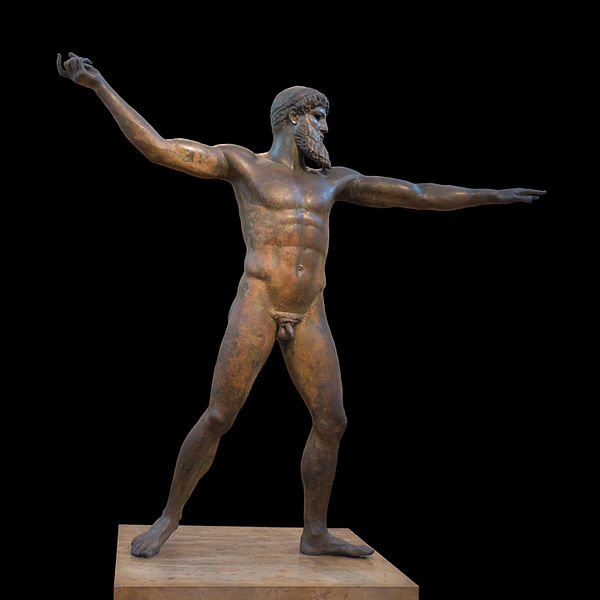
Ageladas was an ancient Greek sculptor who lived in the 6th and 5th centuries BC. He was known for his work in bronze, and was regarded as one of the most important and influential sculptors of his time.
Ageladas was born in the Greek city of Argos and was a teacher of several famous sculptors, including Phidias, Myron, and Polykleitos.
He was also known for his work on a number of important public monuments, including the statue of the Spartan king Leonidas at Thermopylae, and the group of bronze horses that adorned the pediment of the Temple of Zeus in Olympia.
Ageladas’ influence on Greek sculpture was significant, and his work had a profound impact on the development of the classical style.
His emphasis on the use of bronze and his skill in creating lifelike and dynamic compositions were widely admired, and his teachings and techniques were passed down through the generations of sculptors who followed him.
Although few of Ageladas’ works have survived to the present day, his reputation as a master of bronze sculpture and as a teacher of some of the greatest sculptors of all time has ensured that his legacy continues to be celebrated and studied by art historians and enthusiasts around the world.
10. Chares of Lindos
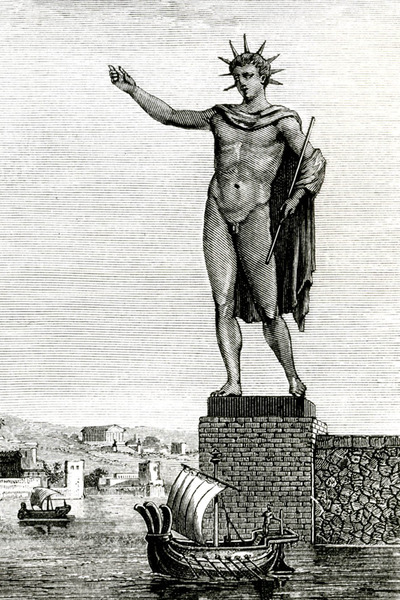
Chares of Lindos was an ancient Greek sculptor who lived in the 3rd century BC. He is best known for his creation of the Colossus of Rhodes, a statue of the Greek god Helios that was considered one of the Seven Wonders of the Ancient World.
Chares was born in the Greek city of Lindos on the island of Rhodes, and spent much of his career working on the Colossus project, which took 12 years to complete.
The statue was an immense bronze sculpture that stood over 100 feet tall, and was erected at the entrance to the harbor of Rhodes. It was said to be so large that ships could pass between its legs.
Unfortunately, the Colossus was destroyed by an earthquake in 226 BC, only 54 years after its completion. Its remains lay in the harbor for centuries until they were eventually melted down and sold for scrap metal by invading Muslim forces in the 7th century AD.
Despite the destruction of his most famous work, Chares’ legacy as a master sculptor and his contribution to the creation of one of the most iconic works of art in history have ensured his place in the annals of Greek art history.
Although few of his other works have survived to the present day, his skill in working with bronze and his ability to create monumental and awe-inspiring sculptures continue to inspire and captivate viewers to this day.

